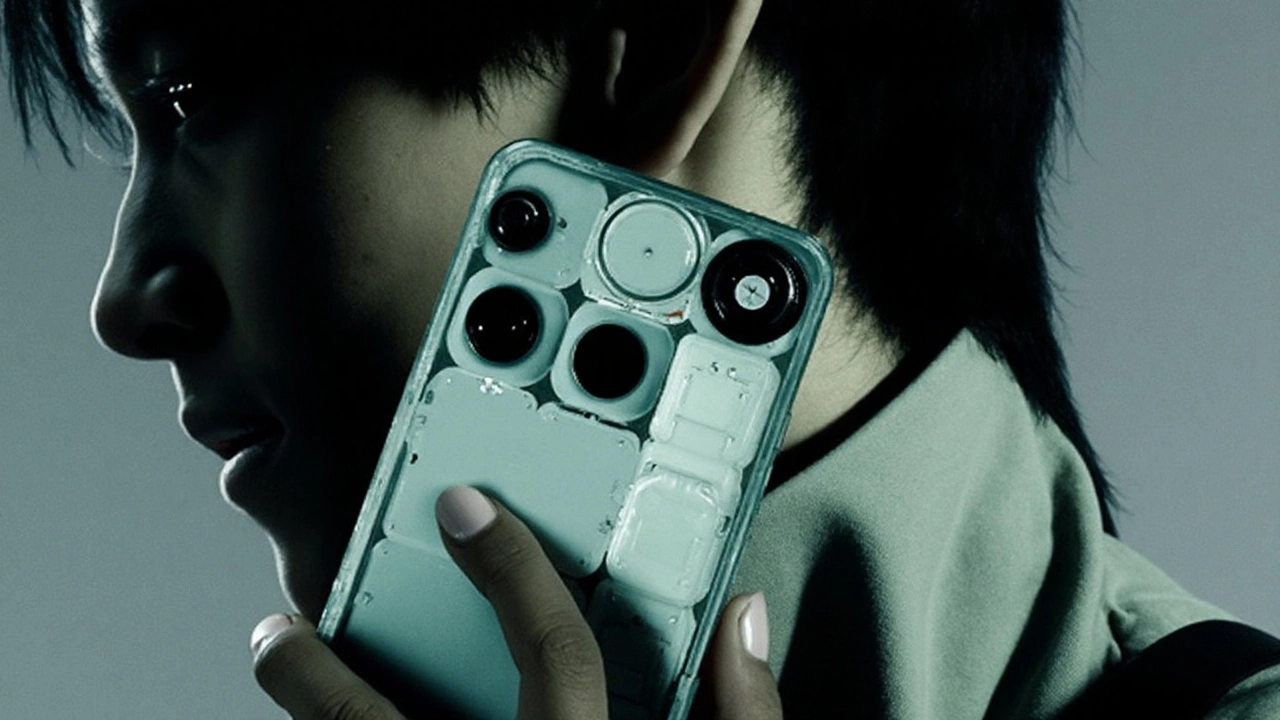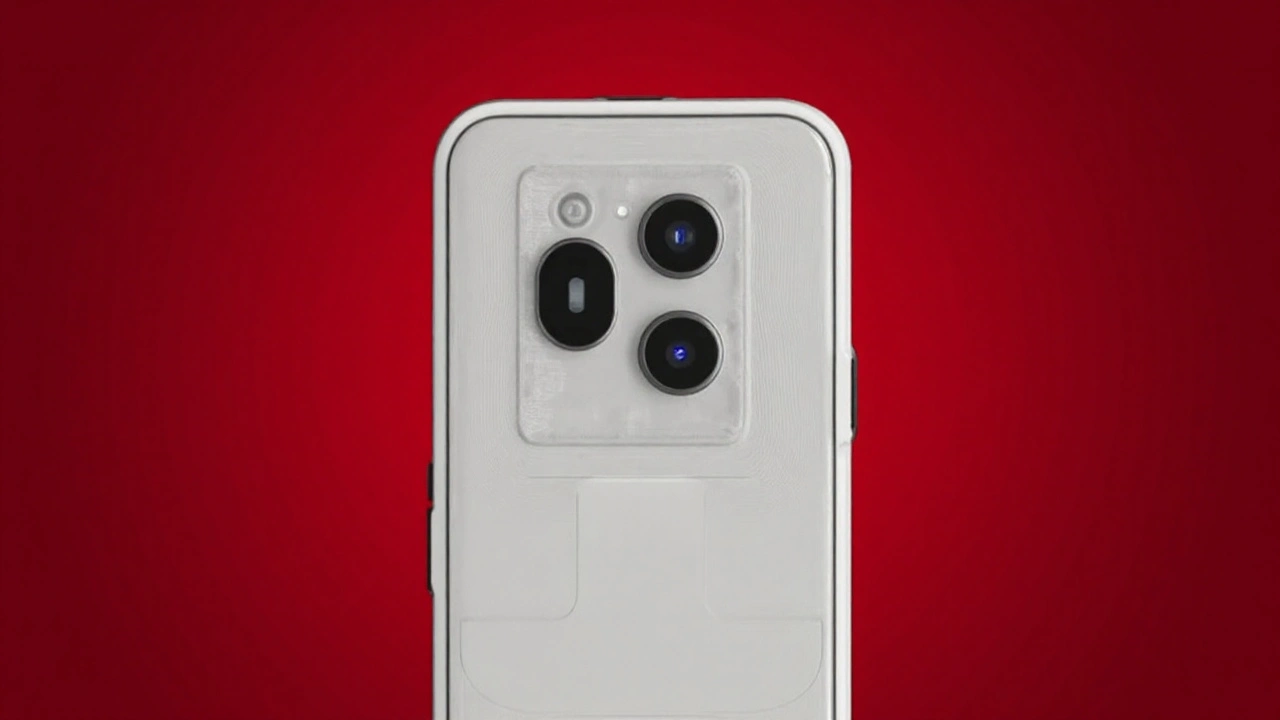A periscope zoom and 100W charging are on the cards for Nothing’s next phone—if the latest leaks are right. The Nothing Phone 3 is shaping up to be the company’s first true flagship, not just a stylish mid-ranger with flair. Think bigger battery, sharper screen, faster charging, and a serious camera stack—all wrapped in that transparent, light-show design the brand has made its own.
The leaks at a glance
Multiple leaks paint a clear picture of what to expect. Nothing is reportedly moving from “clever value” to “full-fat flagship,” and the specs look the part.
- Display: 6.7-inch OLED with LTPO and 1.5K resolution. Expect variable refresh rates that step down for power savings and ramp up for smooth scrolling and gaming.
- Cameras: Three 50MP sensors on the back—main, ultrawide, and a periscope telephoto with 3x optical zoom—plus a 50MP selfie camera upfront.
- Performance: Qualcomm’s Snapdragon 8s Gen 4 is tipped to power the phone, targeting high-end speed with a tighter focus on efficiency.
- Battery and charging: 5,150mAh cell with 100W wired charging, plus wireless and reverse wireless charging.
- Software: Nothing OS 3.5 based on Android 15, with promises of fresh UI features.
- Design: The trademark asymmetry returns with an upgraded Glyph Matrix for more granular lighting effects.
- Connectivity: NFC and eSIM support, with US availability likely on AT&T and T‑Mobile. Verizon support is not expected at launch.
The display upgrade is notable. Bumping to 1.5K resolution should sharpen text and video without the battery tax of a full 4K panel. LTPO is the quiet win: the screen can drop to very low refresh rates when you’re reading or idle, then jump to high refresh in animation-heavy apps. That’s smoother visuals with less wasted power.
The camera shift is the headline. A triple 50MP array with a periscope telephoto is a clear play for premium cred. Periscope optics allow longer focal lengths without a thick camera bump, and 3x optical is a practical sweet spot for portraits and short-range zoom. If Nothing pairs these sensors with solid stabilization and a smart image pipeline, it could close the gap with phones that cost far more. The 50MP selfie camera is a rare move too—handy for 4K video and sharp crops.
On the silicon side, the rumored Snapdragon 8s Gen 4 follows Qualcomm’s “8s” strategy: near-flagship CPU clusters and AI features, but trimmed extras compared with the absolute top-tier. Expect strong sustained performance and better thermal behavior than older chips, which matters for gaming, camera processing, and long recording sessions.
The 5,150mAh battery is a welcome bump, and 100W charging puts this phone in fast-charge territory. If the power curve is tuned well, a quick top-up should take minutes, not an hour. Wireless charging keeps it convenient on a desk or nightstand, and reverse charging is useful for earbuds on the go.
Nothing OS 3.5 on Android 15 is being teased as a bigger step than a coat of paint. The company has leaned on playful touches—clean typography, dot-matrix visuals, and those Glyph integrations for timers and ride‑hailing. Expect more practical uses for the lighting, tighter animations, and better lock-screen widgets. The key watch item: the update policy. Nothing previously offered multi-year OS and security updates; if Phone 3 stretches that further, it strengthens the flagship pitch.
Design-wise, the asymmetric layout and transparent back are reportedly staying put, now with a more flexible Glyph Matrix. More zones normally mean finer control—think progress bars that map to charging or ring patterns that match specific contacts or apps. It’s branding you can actually use, not just a party trick.
US carrier notes matter. Support for AT&T and T‑Mobile covers most buyers, but a lack of Verizon at launch narrows the base. That usually comes down to certification and band support, and sometimes it follows later. If you’re on Verizon, keep your expectations cautious until there’s confirmation.

The bigger picture and what to watch
This is the most aggressive spec sheet we’ve seen from Nothing. It also sets a tougher bar for pricing. Phone 2 launched as a value‑leaning “premium mid-range” device; Phone 3’s parts list suggests a higher sticker. If Nothing can hold the line under the usual $900+ flagship mark, it could hit a sweet spot for buyers who want camera reach, fast charging, and a distinctive design without paying ultra‑premium prices.
There are still question marks. Sensor brands and sizes weren’t named in the leaks, and those matter for low‑light quality and focusing speed. Telephoto performance comes down to more than the lens—good stabilization and smart sharpening make or break zoom shots. Thermal management will also be key with the 8s chip and 100W charging in a thin frame.
The software promise needs detail. “Breakthrough UI” can mean anything until we see it. Features worth watching: advanced camera controls in the stock app, better battery health tools, deeper Glyph automations, and improved Always‑On Display options that take advantage of LTPO’s low refresh rates.
Storage and RAM weren’t listed, but a flagship pitch usually means at least two tiers and generous base storage. eSIM is handy for travel or work numbers, and NFC is a given for contactless payments. An official IP rating wasn’t mentioned; a strong water‑resistance grade would help the device compete head‑to‑head with the usual heavyweights.
Timing looks mid‑year based on Nothing’s past cycles, but launch windows can shift. What’s clear is intent: the company isn’t just chasing attention with a flashy back anymore. It’s building the spec sheet people expect when they hear the word “flagship,” and it’s doing it while keeping the brand’s playful identity intact.
If these leaks hold, Phone 3 will be the most balanced take on Nothing’s vision so far: sharp screen, real zoom, big battery, fast top‑ups, and software that treats the Glyphs as tools, not gimmicks. Now it’s down to execution—image processing, thermals, and price will decide whether this is a statement device or a segment shaker.
